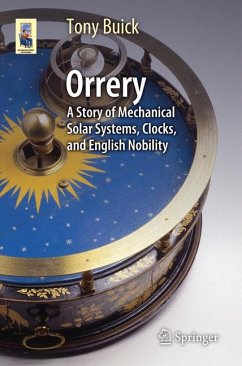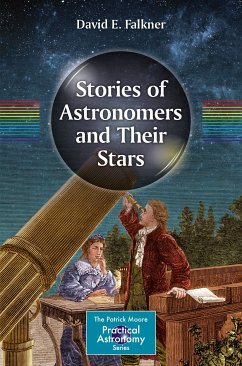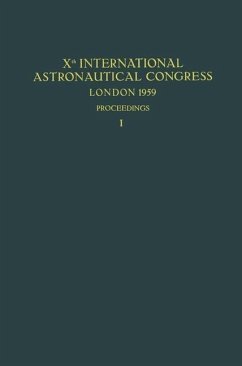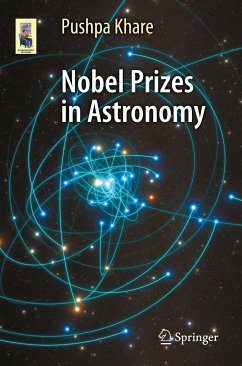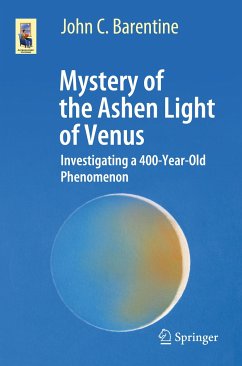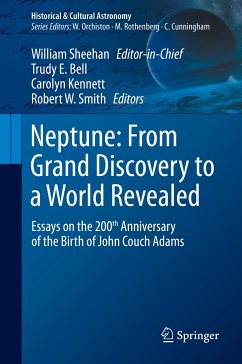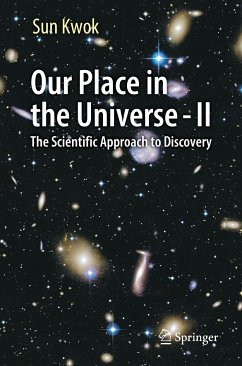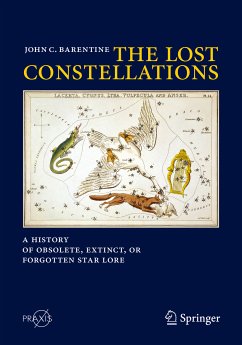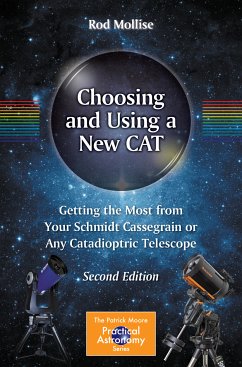
Orreries, Clocks, and London Society (eBook, PDF)
The Evolution of Astronomical Instruments and Their Makers
Versandkostenfrei!
Sofort per Download lieferbar
30,95 €
inkl. MwSt.
Weitere Ausgaben:

PAYBACK Punkte
15 °P sammeln!
Orreries-mechanical models of the Solar System and its motions-are found everywhere. They appear in paintings, on computers, across natural landscapes, and in museums all over the world. The more you look, the more you find, yet their significance is often overlooked aside other great astronomical inventions.This book reclaims the history of the orrery, offering a fascinating look into its evolution over the centuries. With a particular focus on London society and clockmakers, it weaves together historical narrative with practical know-hows and scientific fact, showing how the orrery changed f...
Orreries-mechanical models of the Solar System and its motions-are found everywhere. They appear in paintings, on computers, across natural landscapes, and in museums all over the world. The more you look, the more you find, yet their significance is often overlooked aside other great astronomical inventions.
This book reclaims the history of the orrery, offering a fascinating look into its evolution over the centuries. With a particular focus on London society and clockmakers, it weaves together historical narrative with practical know-hows and scientific fact, showing how the orrery changed from a fanciful toy to a high-tech instrument to a vessel for art and education.
The first edition, Orrery, explained what an orrery is and how it got its name. This revised edition goes several steps further, tracing the instrument back to the time of Ptolemy and forward to planetariums and star projectors. In addition, it features new sections on how to construct your own orrery at home.
This book will appeal to anybody interested in astronomical mechanical devices, scientific instruments, horology, or the history of clocks.
This book reclaims the history of the orrery, offering a fascinating look into its evolution over the centuries. With a particular focus on London society and clockmakers, it weaves together historical narrative with practical know-hows and scientific fact, showing how the orrery changed from a fanciful toy to a high-tech instrument to a vessel for art and education.
The first edition, Orrery, explained what an orrery is and how it got its name. This revised edition goes several steps further, tracing the instrument back to the time of Ptolemy and forward to planetariums and star projectors. In addition, it features new sections on how to construct your own orrery at home.
This book will appeal to anybody interested in astronomical mechanical devices, scientific instruments, horology, or the history of clocks.
Dieser Download kann aus rechtlichen Gründen nur mit Rechnungsadresse in A, B, BG, CY, CZ, D, DK, EW, E, FIN, F, GR, HR, H, IRL, I, LT, L, LR, M, NL, PL, P, R, S, SLO, SK ausgeliefert werden.



